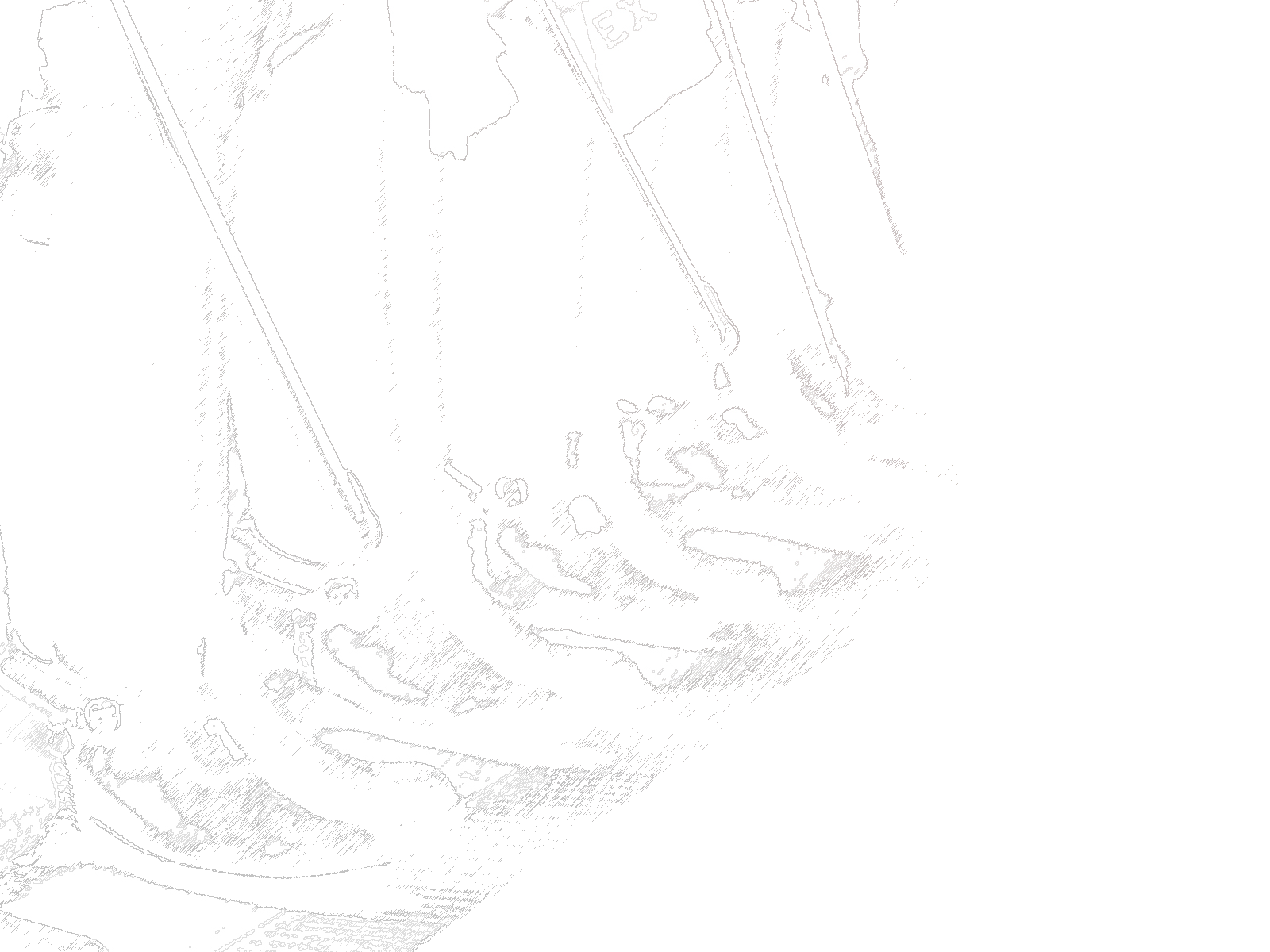Here is my full column that ran in the Washington County Daily News earlier this week:
The fallen leaves, crisp air and smell of pumpkin spice can only mean one thing — the gun deer season is almost upon us. As legions of hunters head to the woods this Saturday, the future of the hunt is increasingly concerning.
The gun deer hunt is a keystone Wisconsin cultural event that binds generations together. It is also a practical and necessary function to keep Wisconsin’s deer population under control.
Absent most of their natural predators, controlling the deer population with hunting is important for the state. The largest reason is to protect Wisconsin’s large agricultural economy. Over the last 10 years, deer have destroyed an average of 108,158 bushels of corn per year. The deer are equally destructive to soybeans, alfalfa and other key cash crops.
The second most important reason why the deer herd must be controlled is to reduce vehicle collisions. Over the last 10 years, Wisconsin averaged almost 19,000 deer-vehicle collisions per year.
Thirdly, the deer herd must be managed to prevent them from outstripping the ability of the ecosystem to feed them, resulting in disease and suffering for the deer themselves.
Since the peak in 2000, there has been a steady decline in the number of deer hunters and the deer population has been rapidly expanding. The reasons are mainly demographic. Wisconsin’s population is shrinking slightly and aging rapidly. As hunters age, they eventually stop hunting for myriad reasons. Some stop because of health reasons. Some stop because their hunting groups dwindle and disband. Some stop because they change their lifestyle and hunting is no longer convenient. As older hunters increasingly hang up their blaze orange for good, there are too few younger hunters to replace them.
I am in the latter category. I absolutely loved the deer hunt for many years, but a change in lifestyle makes it no longer practicable for the time being. A successful hunt is one that is safe, fun and harvests some meat — in that order.
The statistics from the Department of Natural Resources (DNR) bear out the troubling trends for the hunt. Wisconsin hunters peaked in 2000 by harvesting almost 403,000 deer. Last year, they harvested just 176,476 deer and have not harvested more than 200,000 deer since 2012.
Consequently, the statewide deer herd has been rapidly expanding. The DNR estimated that there were 987,300 deer in 2009. Last year after the deer hunting season, they estimated the deer herd at 1.67 million. That is a 69 percent increase in the deer population in just 13 years.
How big should Wisconsin’s deer herd be? That is a matter of opinion. It is a balance. It depends on what one considers to be acceptable levels of agricultural loss and vehicle collisions. At the same time, the state wants to keep the herd large enough to support Wisconsin’s hunting culture while maintaining a healthy ecosystem with deer in it. The “right” size of the herd is debatable, but as the primary herd control mechanism dwindles, the ability of the DNR to control the herd at all is slowly slipping away.
As the number of hunters decreases, the DNR is going to need to adjust the regulations to encourage a greater harvest per hunter in order to keep up with the growing herd. Simply, the DNR will need to make it easier and cheaper for each hunter to harvest more deer.
For example, the DNR may consider increasing tag requirements or waiving them completely. If the goal is to harvest deer, who does it and where they do it is less important than the total harvest. The DNR may also consider making the number and types of zones and make it easier for hunters to hunt multiple zones. Rules on baiting could also be relaxed. Finally, as a last resort, the DNR may need to consider significantly lengthening the gun deer season like many other states.
Those considerations, however, are looming in the future. For now, be safe out there, hunters!
